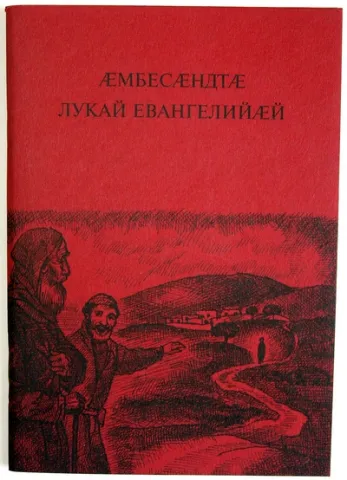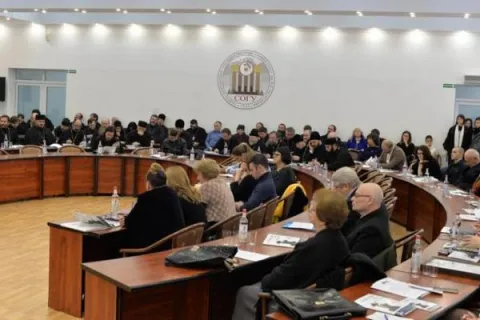The Institute for Bible Translation has published a collection of Gospel Parables in the Digor dialect of the Ossetic language. This is the 12th publication in the series, which began in 2007 with the publication of these parables in the Agul language, and was followed in 2015-2019 by editions in Bezhta, Tatar, Rutul, Tsakhur, Dargi, Dungan, Kumyk, Nogai, Kabardian, and Even.
The Digor dialect of the Ossetic language is the mother tongue of about one-sixth (some 100,000 speakers) of the Ossetian people. They reside mostly in the western part of Ossetia (in the Digorsky and Irafsky regions), and also in the Digorsky Ravine, the Mozdoksky region of the Republic of North Ossetia–Alania, in the eastern part of Kabardino-Balkaria, and in Vladikavkaz. At the beginning of the 20th c., Digor was considered to be a distinct language. At that time, an alphabet was developed and a literary tradition was established. There are several periodical publications in the language, such as the newspapers "Digora" and "Digori khabarta", and the literary journal "Iraf". Several dictionaries have also been published, as well as collections of works by Digor poets and writers.
IBT’s Gospel Parables edition adds the following four parables from the Gospel of Luke to Digor literature: the Parable of the Good Samaritan (Lk 10:30-35), the Parable of the Wedding Feast (Lk 14:16-24), the Parable of the Prodigal Son (Lk 15:11-32) and the Parable of the Tax Collector and the Pharisee (Lk 18:10-14). Gospel Parables has 35 illustrations, produced by a Caucasian artist, that vividly portray the plot of these stories.
On November 19, 2019 Gospel Parables in the Digor language was presented in Vladikavkaz at the 8th St. George Conference on "Orthodoxy, Ethnicity, and Culture". One of the themes of this conference was the translation of the Holy Scriptures and liturgical texts into the Ossetic language. The conference resolutions reinforced the need to complete the translation and publish the Bible in the Ossetic language (Iron dialect), and underlined the importance of renewing regular church services in the Ossetic language in a number of parishes both in the capital and in the rural areas of North Ossetia. The Commission on Translation of Liturgical Texts into the Ossetic Language plans to publish an edition of the Orthodox Liturgy in Ossetic (Iron) for parishioners and to translate the Liturgy into the Digor dialect as well.
IBT's project to translate the Bible into Digor continues with the translation of the full Gospel of Luke and the Gospel of Matthew. In 2002 the Institute published the translation of the Gospel of John, followed by its audio recording in 2013.
The electronic version of Gospel Parables in Digor can be found in the e-book section of the IBT website.
The resolutions of 8th St. George Conference on "Orthodoxy, Ethnicity, and Culture" can be found here.


